Running placement tests for a large cohort of new students can be time-consuming, costly and tedious. Dr Adrian Raper’s five-question framework makes it totally efficient. Test it here.
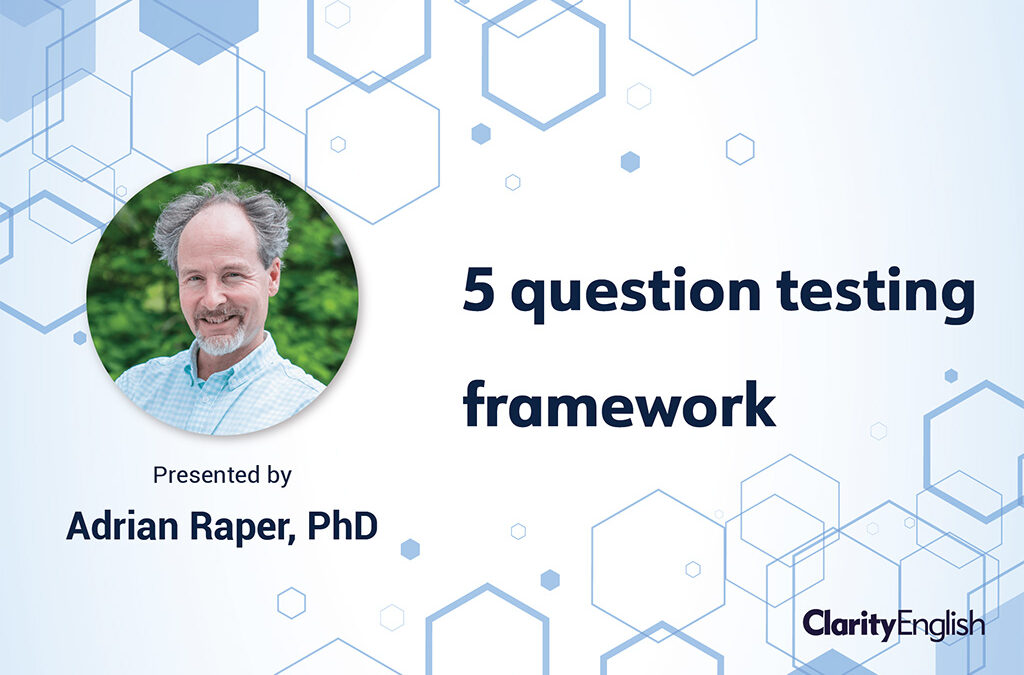

Running placement tests for a large cohort of new students can be time-consuming, costly and tedious. Dr Adrian Raper’s five-question framework makes it totally efficient. Test it here.

Online proctoring can help make remote assessment programmes more accessible and flexible. But what should you look for in a provider?

At JALT 2018, Matthias Prikoszovits (MP) from Universität Wien tells Sieon Lau (SL) about the importance of providing vocational experience, cultural knowledge and help on understanding legal language.

This case study describes the role of the Dynamic Placement Test in an international project to help young Syrian refugees enter higher education.
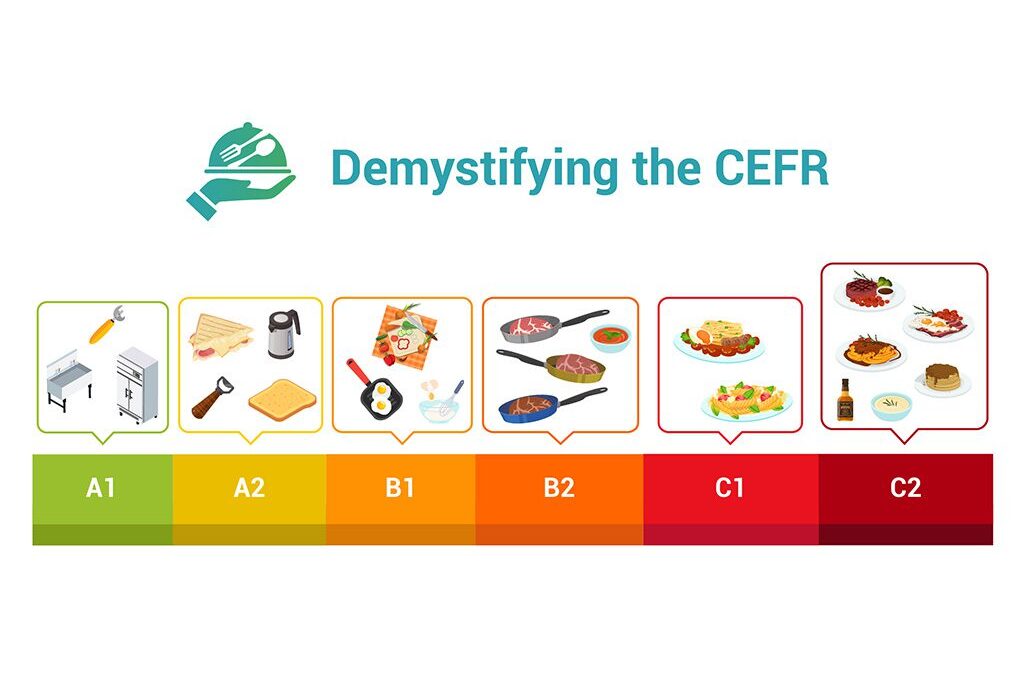
Andrew Stokes presents an ingenious technique for demystifying the CEFR. The idea, devised by Sean MacDonald of telc, is to compare it to cooking.
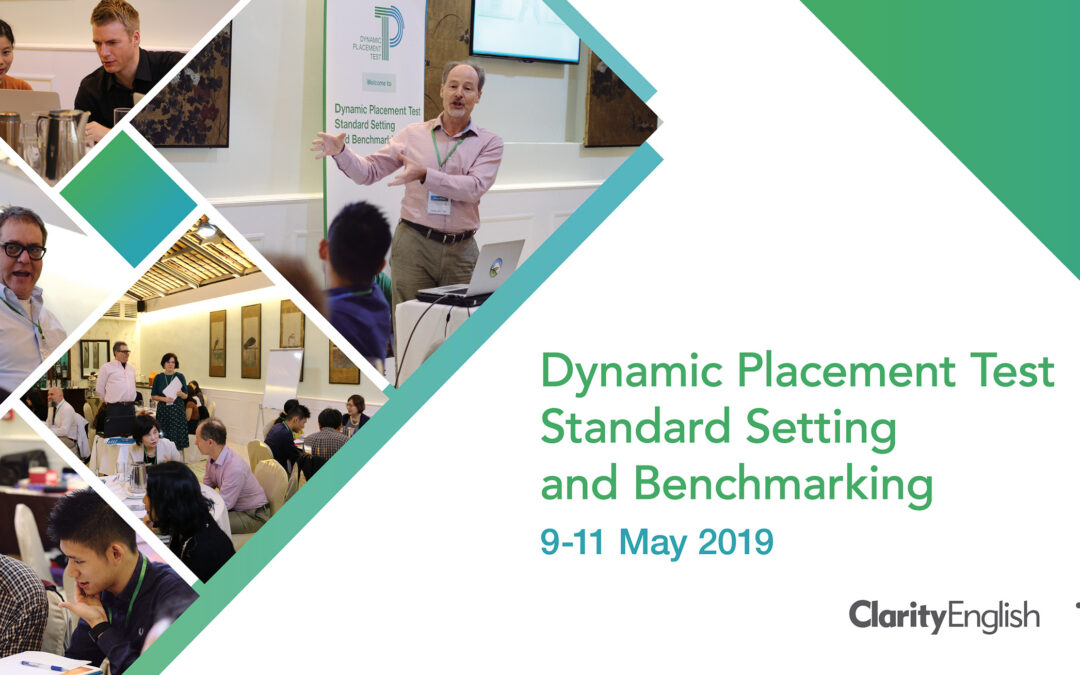
In this post, Andrew Stokes looks at the first two stages of matching test items to the CEFR – with an accompanying webinar clip and report.
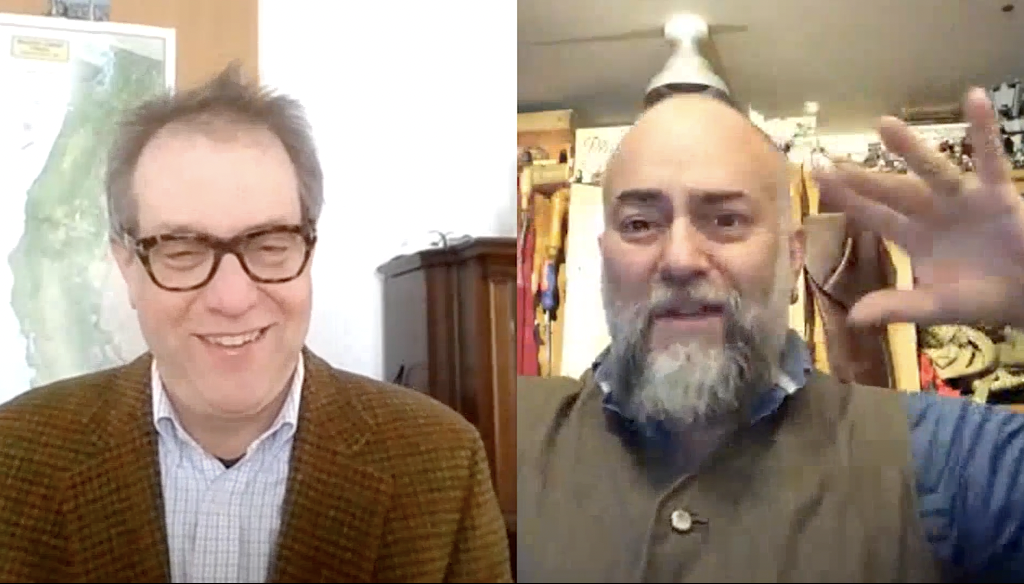
Language ability in academic versus real life settings can differ greatly. That’s why the CEFR is the perfect tool to measure what students really ‘can do’.
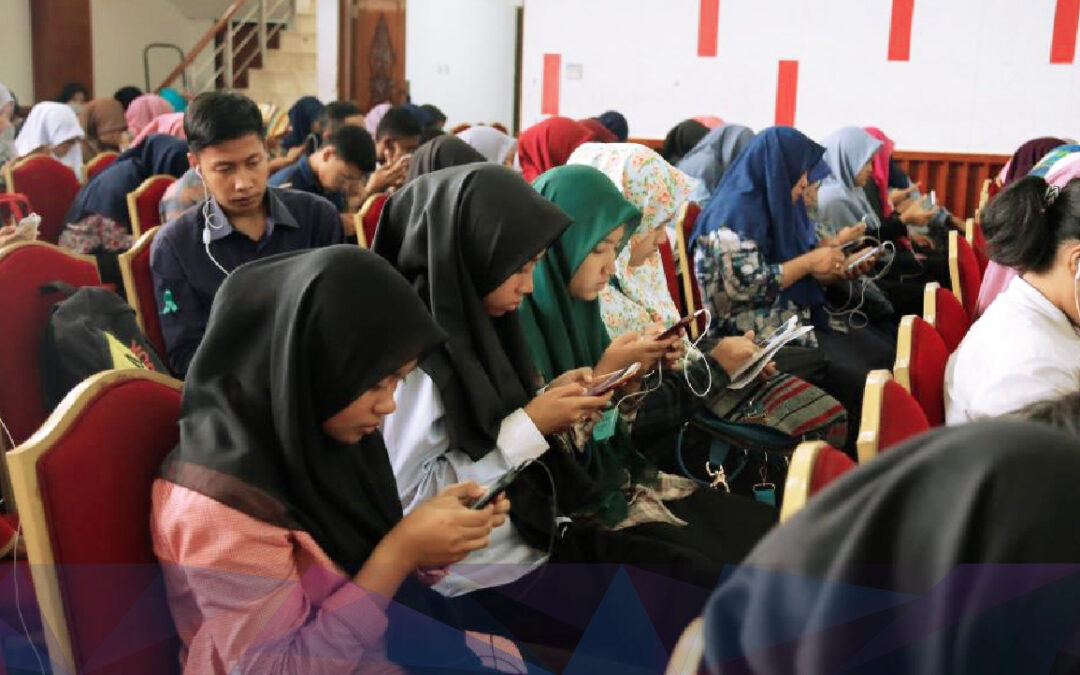
In this post, Andrew Stokes suggests ten questions you should ask yourself when selecting a placement test.

At the British Council New Directions conference in Kuala Lumpur this month, Adrian Raper described two ways that Artificial Intelligence can help teachers grade student writing.

Language testing is a key part of the recruitment process. Is there an efficient, secure, and accurate approach to online English testing? Katie Stokes discusses a successful case study.